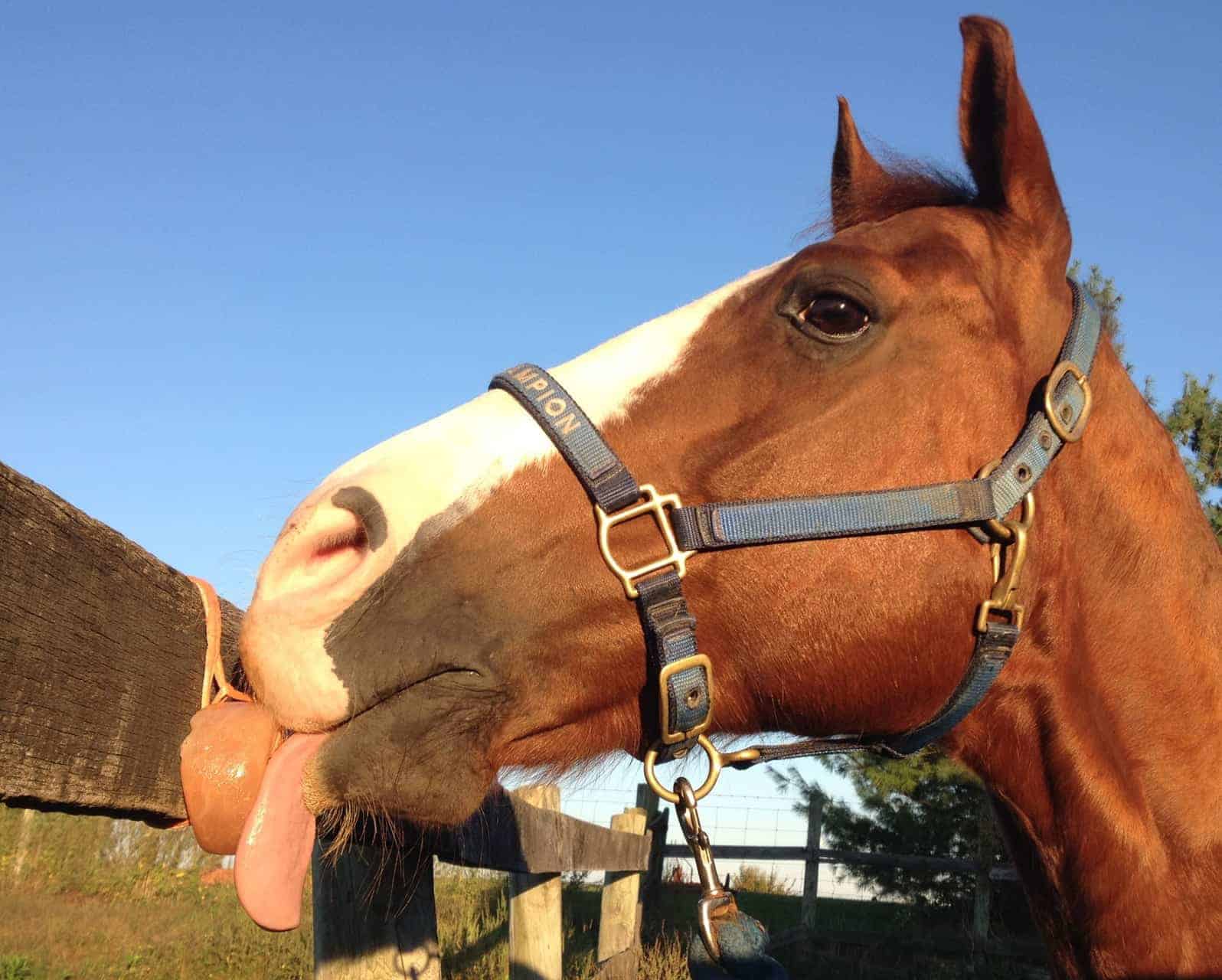Why is My Filly Obsessed with Salt?

Q. My new 2-year-old filly is obsessively licking and biting her salt block. She lives on a dry lot and gets high-quality orchard grass hay, a daily ration of commercial horse feed appropriate for her growth stage and size, and an omega-3 supplement. She also receives ample fresh water. Her current workload is very light and mostly includes basic handling rather than exercise. I haven’t had blood work done on her. Should I be concerned about her licking and chewing the salt block? Does it suggest there’s a problem with her diet or health, and can she hurt herself by taking in too much salt?
—Bill, via e-mail
A. This is a very common question. The good news is that sodium chloride, commonly known as salt, is water-soluble. As long as your filly has ample fresh water as you indicate, and she’s actually drinking enough, excess sodium will simply be excreted in the urine
Create a free account with TheHorse.com to view this content.
TheHorse.com is home to thousands of free articles about horse health care. In order to access some of our exclusive free content, you must be signed into TheHorse.com.
Start your free account today!
Already have an account?
and continue reading.
Written by:
Nettie Liburt, MS, PhD, PAS
Related Articles
Stay on top of the most recent Horse Health news with















